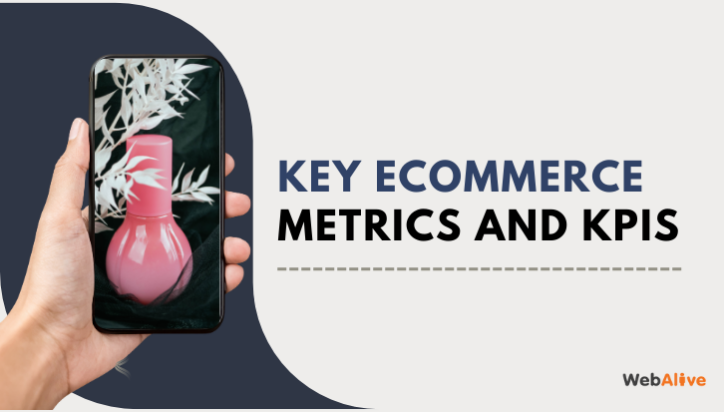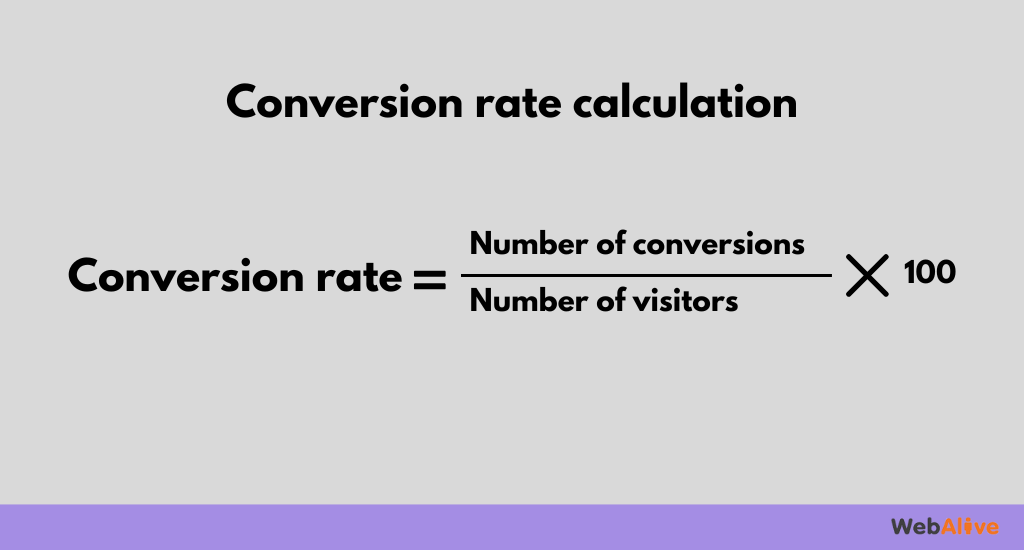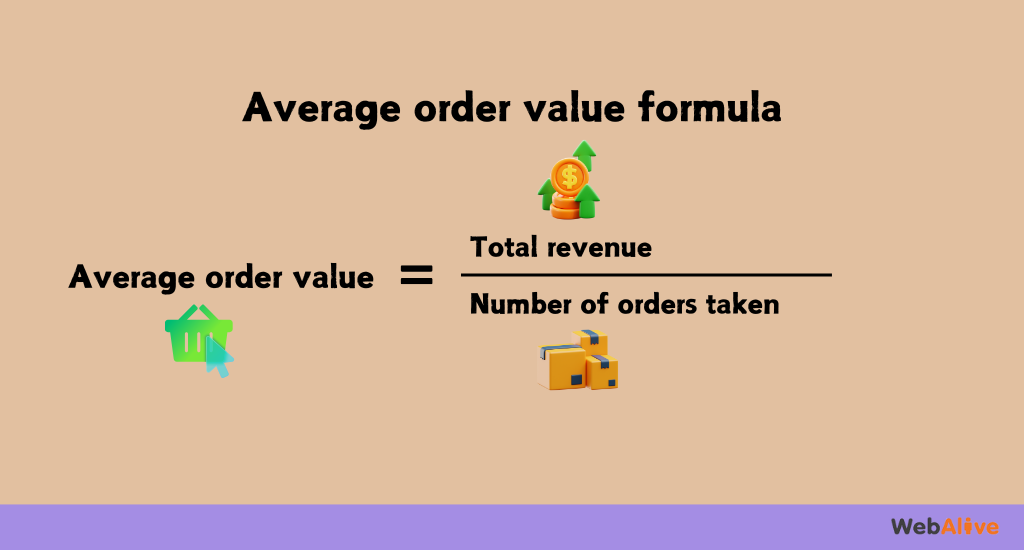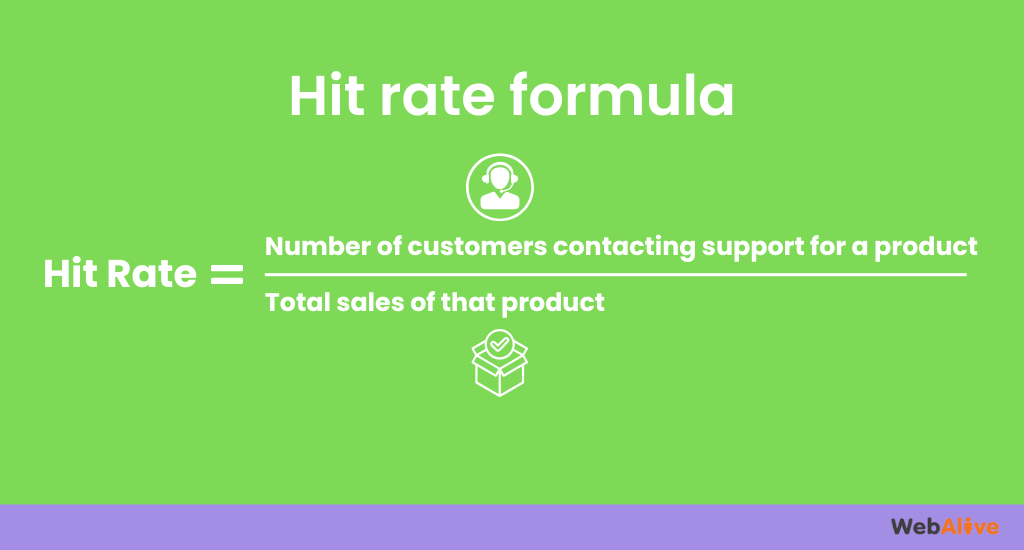
15 Key Ecommerce Metrics and KPIs to Track in 2025
Today, staying on top of your business’s performance is crucial to stay competitive and profitable. But while vast amounts of information are available, it is a must-do to focus on the right indicators to track your progress and identify areas for improvement.
Here’s where metrics and KPIs come into play. From sales to customer engagement to operational efficiency, you can measure your online store’s performance in many ways through these metrics and KPIs.
So, before we discuss the key metrics and KPIs, let’s first define them.
What are ecommerce metrics and KPIs?
Simply put, KPIs and metrics are important data and analytics that help gauge overall business success. A metric is a quantifiable, consistently defined measurement of website performance, and KPIs are the subset of metrics that are most critical to achieving specific business objectives.
Metrics mostly focus on improving the overall performance of an ecommerce business, while KPIs focus on the most important areas that contribute to the success or failure of an ecommerce strategy.
Why are they essential?
These are crucial because they provide valuable insights into the performance of an online business, helping to track progress toward key objectives. From understanding how visitors interact with your site to how much revenue each transaction generates to how many people leave items in their online cart, you get every detail as metrics and KPIs provide a comprehensive view of business health.
All these will allow a business to make informed decisions, optimise their marketing and sales strategies and enhance customer experience.
15 key KPIs you need to track
Not all ecommerce metrics are as valuable as others. Hence, identifying the key performance indicators (KPIs) is the first thing to track.
Sales KPIs
1. Conversion rate
It is one of the most critical sales KPIs. The conversion rate shows the percentage of website visitors who complete a desired action, be it by making a purchase or signing up for a newsletter. Usually, a higher conversion rate in a website indicates more sales. It is calculated by dividing the number of conversions by the total number of visitors and multiplying the number by 100.

2. Cost of goods sold
This KPI tracks all the direct costs that are associated with producing and selling products. The costs include raw materials, labour, and manufacturing expenses that are required to create and deliver the products to customers. The amount is subtracted from total revenue to calculate gross profit. This KPI lets businesses gain insights into the true cost of producing their goods to determine profitability.
Monitoring this KPI enable businesses to assess whether they are following the right way to set their product’s pricing correctly. Also, they can ensure that the margins are sufficient enough to cover other operational expenses while still making a good amount of profit.
3. The shopping cart abandonment rate
This KPI measures the percentage of customers who put items in the cart but leave the website without completing the purchase. This rate shows the amount of potential revenue that a company is losing. The main causes for abandonment may vary, such as it can indicate issues with the checkout process, unexpected shipping costs or a lack of trust.
4. Average order value
Average order value refers to the average amount of time that customers spend every time they place an order on an ecommerce site. It is calculated by dividing total revenue by the number of orders over a specific period.
It is an important performance indicator as it allows businesses to refine their pricing and sales strategies and identify opportunities to increase revenue. A higher rate shows that customers are spending more per purchase, leading to greater efficiency and profitability without increasing marketing and acquisition costs.

Marketing KPIs
5. Website Traffic
Website traffic is a foundational metric. It has deep interaction with brand awareness, lead generation, sales and long-term marketing effectiveness. The number will indicate whether your brand is reaching a larger audience or not. The more site traffic you get means more users are hitting your online store. It will also help to measure the effectiveness of marketing efforts such as SEO, paid ads, social media campaigns and more.
6. Bounce rate
It is another of the most needed KPIs for ecommerce in the marketing field. This metric tracks the percentage of visitors who are leaving the site without taking any action or just by visiting the first page.
If the number is high, this is definitely alarming because it indicates that the visitors are not finding your content valuable and useful. On the contrary, a lower bounce rate shows that your visitors are exploring more pages. This maximises your chance to convert them into leads and customers.
7. Email open rate
This KPI shows the percentage of people who open your email. It reflects the level of engagement that you have with your audience. Even if it does not directly measure conversions, it can be an indicator of potential success in achieving other goals like click-through rates and sales.
If you have a low email open rate, you can try changing the subject lines or start cleaning the list for inactive or irrelevant subscribers.
Customer service KPIs
8. Customer satisfaction score
This KPI is typically measured by a very common survey question. How satisfied were you with your experience? And the ratings directly show how satisfied your customers are with your product, service or interaction. By tracking this KPI, you can pinpoint areas that are making customer dissatisfied.
So, you can make targeted improvements to boost the overall customer experience. It can also guide your marketing decisions by showing which aspects of a product or service resonate most with customers.
9. First response time
It shows the average amount of time it takes a customer to receive the first response to their query. Remember, quick responses to inquiries create a positive first impression as well as shows customers that their concerns are important.
This helps in building trust and satisfaction, leading to stronger brand loyalty. Otherwise, in this competitive market, the response time can differentiate you from competitors. And a slow response can lead customers to seek quicker and more efficient options elsewhere.
10. Hit rate
The hit rate indicates the number of customers who contacted support about the same product. And the rate is calculated by dividing the total number of sales of a single product with the number of customers who have contacted the customer service team about that particular product. A high hit rate means marketing resources are being efficiently utilised.

Customer retention and advocacy KPIs
11. Return and refund rate
Return and refund rate is an important KPI because it represents dissatisfaction with the product or service quality. If you see consistent return or refund, it can be either because of product defects, misaligned expectations or misleading descriptions.
Tracking the rate will allow you to address quality issues and align their messaging. Refund and return also comes with additional costs like processing fees, restocking or lost revenue. Keeping an eye on this rate will help your business to minimise the expenses while improving profitability.
12. Repeat customer rate
A high repeat customer rate shows the strong customer satisfaction and loyalty. It means that the customers are more likely to make additional purchases and become brand advocates, because, repeat customers tend to spend more over time.
It also ensures a steady flow of revenue. Monitoring this KPI will help your business to understand the long-term value of your customer relationship and potential revenue from them.
13. Customer lifetime value
Customer lifetime value is a key indicator as it allows businesses understand the total revenue a customer is usually expected to generate over their lifetime. And knowing this will allow businesses to make informed decisions about the amount of money they can spend on acquiring new customers.
KPIs for project management
14. Budget
When you track the budget, you can avoid overspending and ensure that the project remains financially viable. Also, you can ensure early identification of cost overruns and adjust or negotiate additional funds before it gets too late. This KPI will enable effective planning, control and evaluation.
15. Return on investment
This KPI will help you determine whether your business generated a worthwhile return compared to the resources invested. ROI also helps prioritising projects with highest potential return, ensuring optimal use of time, money and effort.
Final words
Running a successful ecommerce business involves many things, from branding to marketing to customer support. Key metrics are indicators that help monitor everything, including sales performance, project management, customer service, marketing, and more! So, identify the sector where your business needs to improve. Then, employ data-driven decisions by tracking the right metrics.
You read a lot. We like that
Want to take your online business to the next level? Get the tips and insights that matter.

